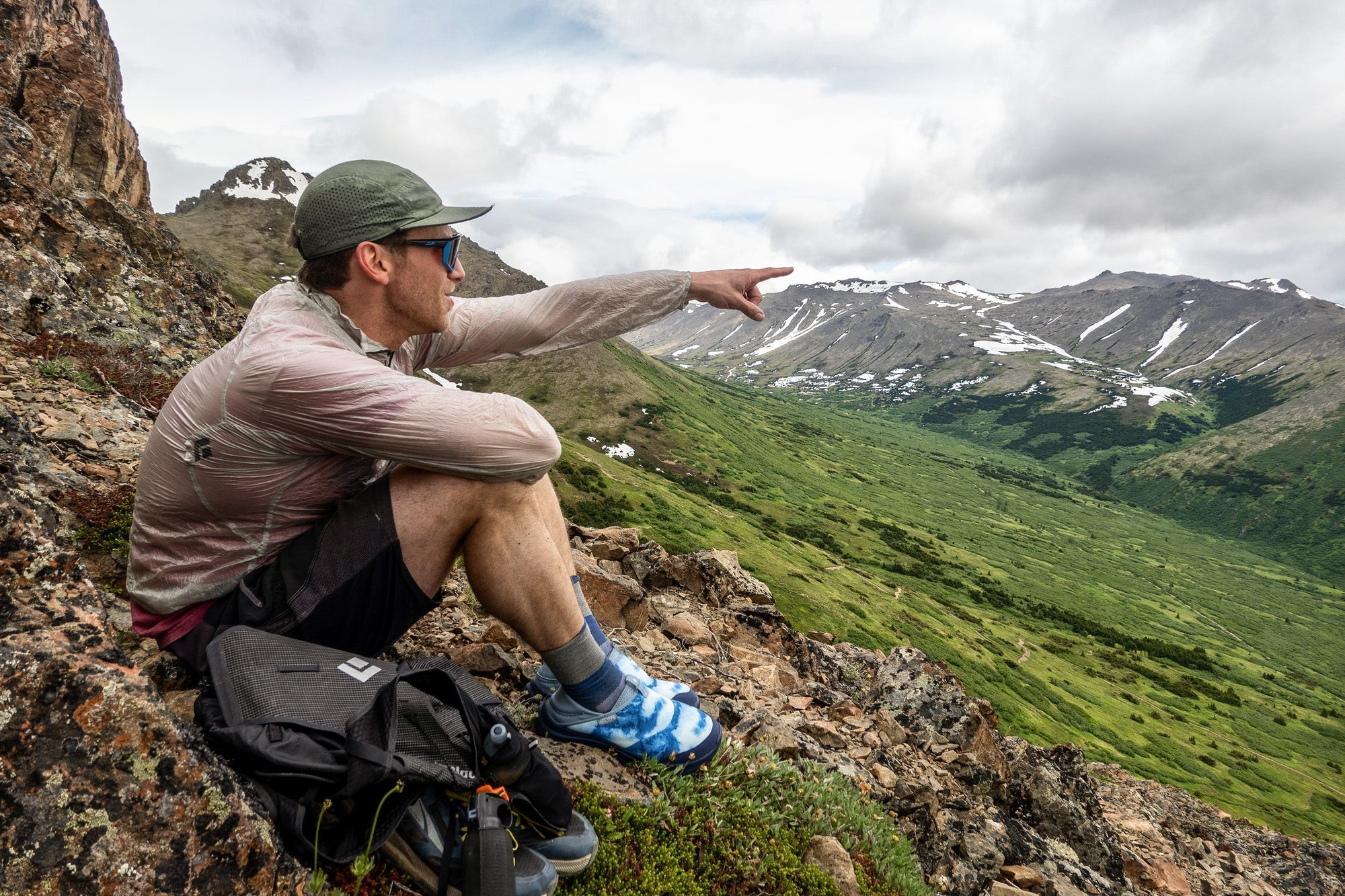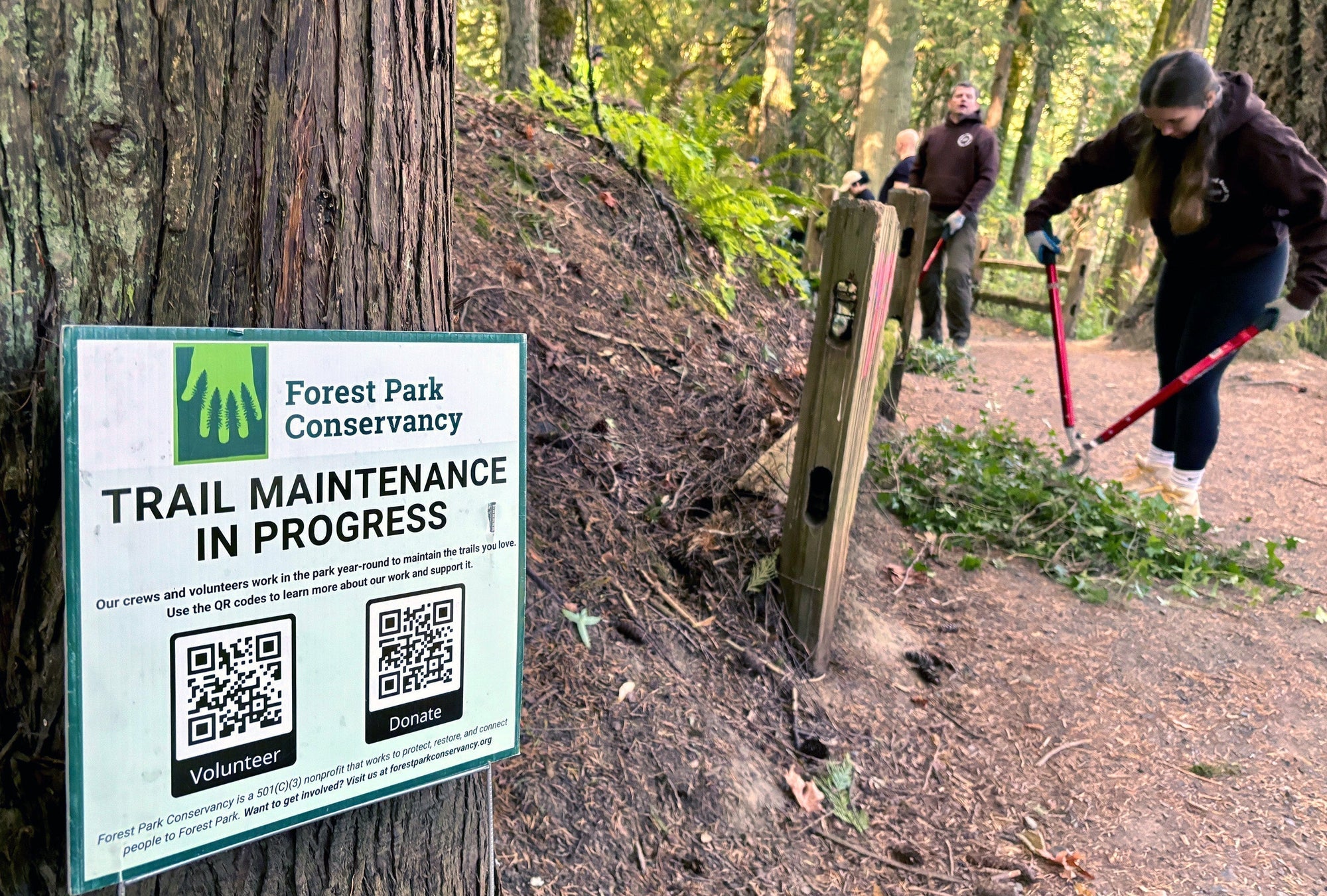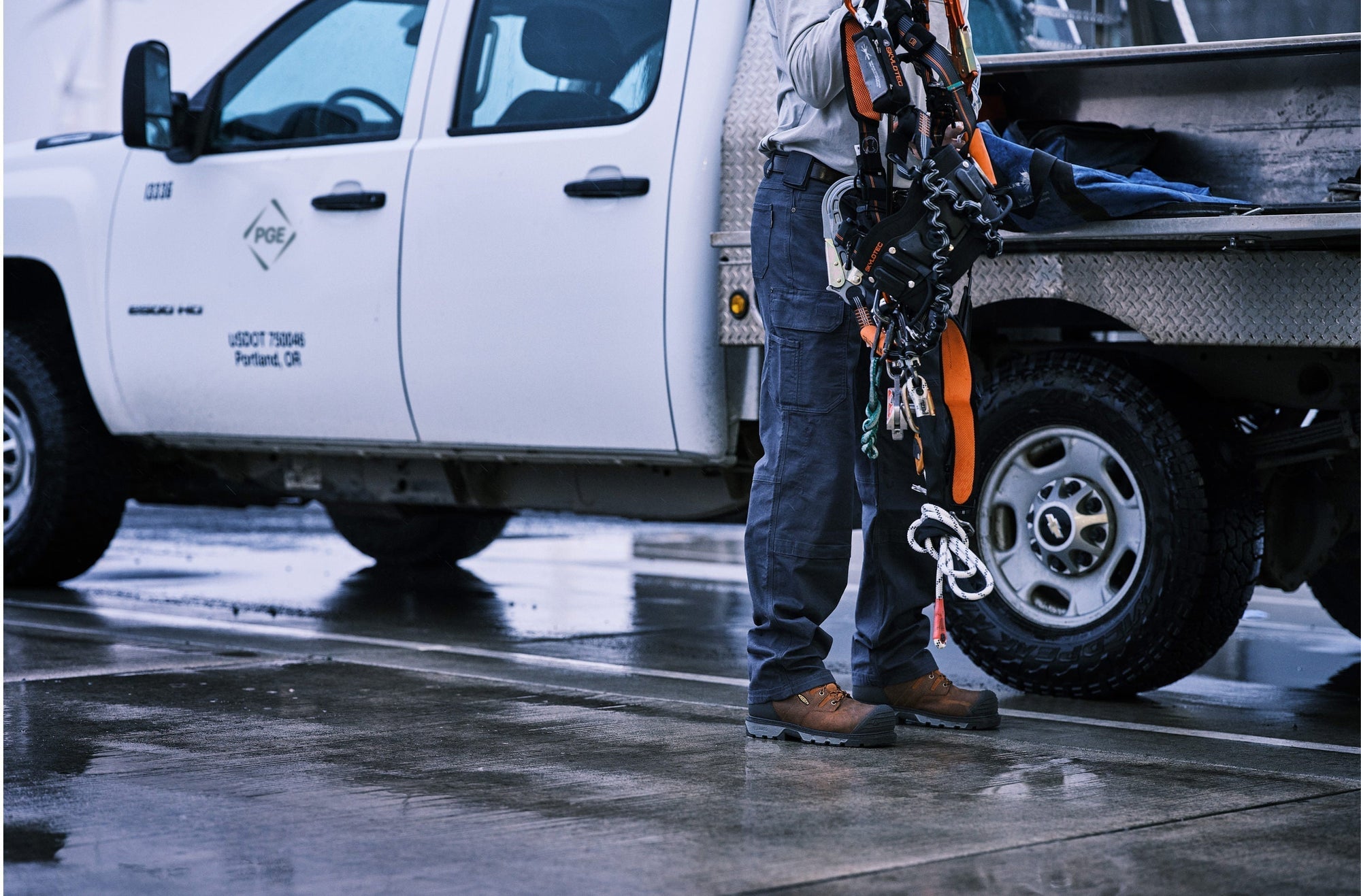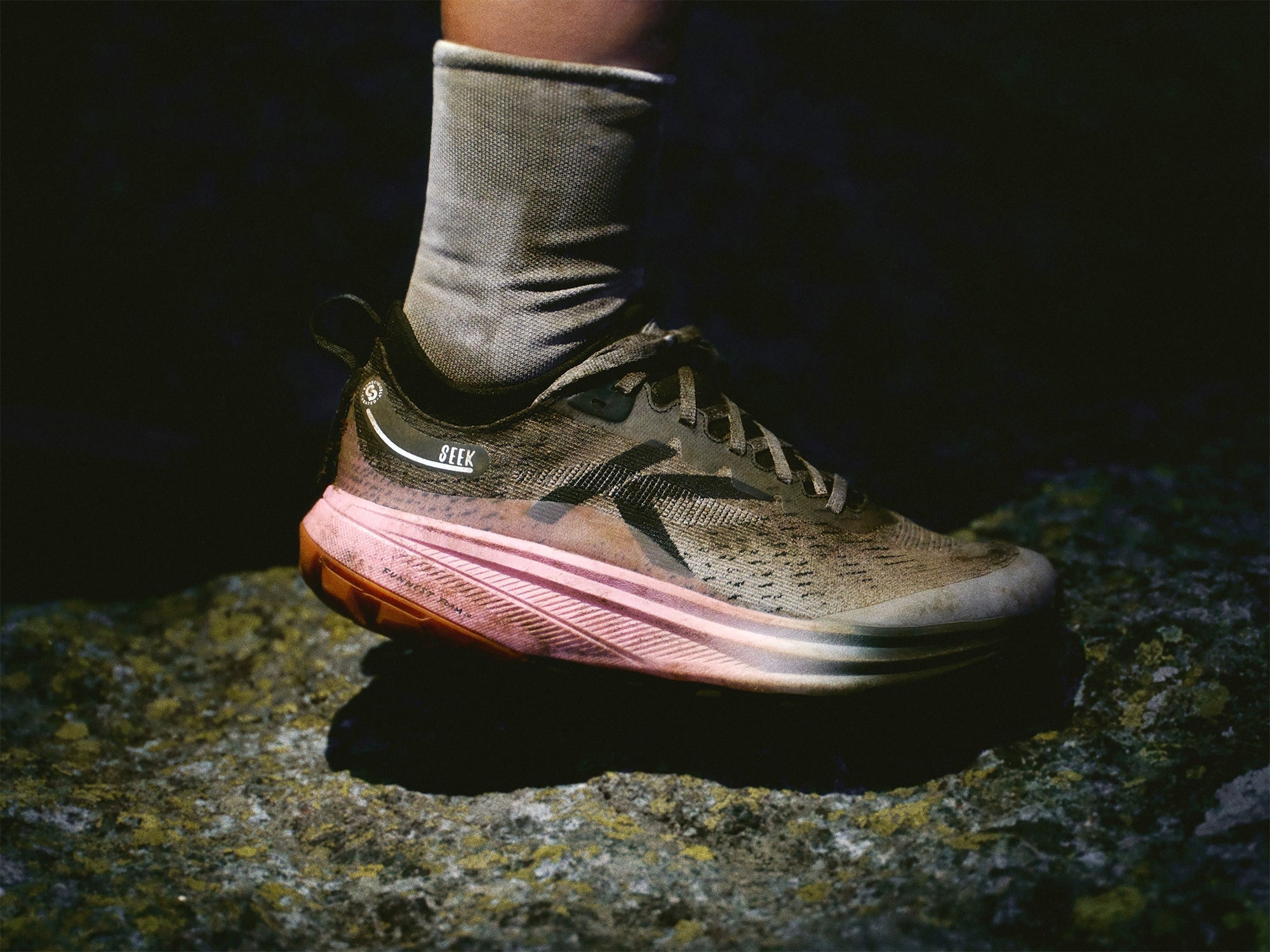Imagine, you’ve just been handed a topographic map and a traditional compass. Your job is to find the most efficient route between designated points on the map and arrive at the final checkpoint before anyone else. In a nutshell, that’s orienteering. It’s part scavenger hunt, part outdoor adventure.
In this digital world, you might wonder why someone would choose to navigate by traditional map and compass. Well, here at KEEN, the answer is: because it’s fun! If you love the outdoors (enjoy hiking, running, or even just walking) and know a little about maps, orienteering is a cool way to combine them all.
Orienteering Basics
Orienteering is an outdoor adventure race of sorts where you navigate between checkpoints (called controls) across a designated course using a detailed map and a compass. No GPS allowed here! Orienteering requires map and compass skills to visualize terrain and navigate the most efficient route. People in the know like to call it, “hiking with your brain turned on!” Running or fast hiking are the most common types of orienteering, but advanced courses can cater to travel by ski or bike, too.
Most orienteering events happen in a natural outdoor setting like a park or forested area, but they can also take place in a city or on a college campus. The sport has its origins in Scandinavia where it began as a military training exercise and later attracted a wider audience. Today, orienteering events in Europe draw thousands of competitors, much like running events do in the United States.
The actual route between points is up to you and often requires creative choices to negotiate obstacles like water, cliffs, or other difficult terrain. In fact, therein lies the craft of orienteering — reading the terrain and choosing the fastest route. Advanced competitions involve running the course solo, while beginner events are slower and more group focused.
Where can I learn to orienteer? OrienteeringUSA.org is the place to start when looking for your local orienteering group. If there’s no group in your hometown, be sure to check their orienteering event calendar, as some of the groups cover large areas and may host events near you even though the group is located in a different city. You can even start your own group! Orienteering USA also offers numerous orienteering how-to videos and articles to help you get started.
Most orienteering events use one-time courses set up specifically for the event. But If there is a local orienteering group in your area, there may be a permanent course that you can use to learn and practice your orienteering skills.

What to Bring
One of the great things about orienteering is that it doesn’t require highly specialized gear. You can wear the same running shoes, hiking boots, and outdoor clothing as you do for a hike, run, or walk. You may come across dedicated orienteers clad in colorful Lycra suits that reflect their club or team affiliations. Don’t worry though, there’s no need to come dressed like you just stepped off a sci-fi film set :).
Beyond dressing for the weather, just add a compass to your bag of tricks, and you’re ready to orienteer. The simpler the better for the compass. There’s no need for a sighting mirror or anything fancy.
Of course, you’ll also need a map. But since every event or course has its own map, it’s provided by the organizer.
Make It a Game
Orienteering doesn’t need to be complex. There are lots of ways to get kids (and adults) engaged in route finding and map reading with simple orienteering-related games. Here are a few of our favorites:
String-Orienteering - Designed for young kids who do not have map or compass skills, a string course is a short orienteering route marked by a continuous string or colored yarn strung between controls (trees make good control points). You’ll need to draw a basic map of the course. A simple drawing that shows the route of the string and the controls is all you need. The map lets kids know to look for the controls. Put stickers or a specific color crayon at each control, so kids can mark the spot on their map. And there you have it: a string course!
Scavenger Hunt - A scavenger hunt has elements of orienteering and is a great way to engage kids. A scavenger hunt course can be as simple or complicated as you like. Create a basic map of your yard or neighborhood, or just use a list of directions. Make it a simple hunt for natural items or a discovery of pre-placed objects in a designated area.
Take the scavenger hunt one step further with the addition of obstacles that add difficulty. Create off-limits areas with flagging or string that force route decisions or require negotiating obstacles like fences, water, and natural or homemade terrain features.
Draw Your Own Topographic Map - With a basic understanding of topographic maps and symbols, drawing a map that reflects a given area challenges kids (and adults) to walk around and think about terrain features, elevation changes, and how to represent them on a map. Try starting with a small neighborhood or a park. Have everyone walk the area taking notes and then draw their own map.
Online Orienteering Games - If the weather has you stuck indoors, there are a number of online orienteering games and training tools that help build map-reading skills including symbol recognition games and terrain visualization games. Even experienced map and compass users will find the complex terrain and route choice games educational.













